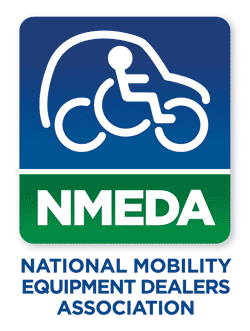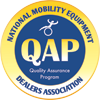
1000 Main St Bridgewater, MA 02324
Call (508) 697-6006 for sales or call (508-697-8324 for 24 hour service.
Email Us: shop@ai1.com
Service - M - F 8:30AM to 4:30PM Sales - M - F 9:00AM to 6:00 PM


| Automotive Innovations | 1000
Main St. Bridgewater, MA 02324 (508) 697-6006 |
||
| New England's Premier Adaptive Dealer. | Certified
Collision & Auto Body Repair Center |
|
|
| Traumatic Brain Injury |
Traumatic Brain Injury and Closed Head Injury commonly occur due to motor vehicle collisions. Injuries can range from a loss of consciousness of less than five minutes to being comatose for many months. Any level of injury can cause an increase in pre-injury bad driving behaviors or create new, unsafe driving issues. These issues can stem from problems with vision, accuracy and speed of eye movements, speed of response, attention, memory, problem solving, judgment and/or loss of physical skills. It can spare one skill and wipe another skill completely from memory. It commonly makes learning new information difficult and may keep a survivor from quickly learning from their mistakes. All of the above can result in unsafe driving encounters, unpredictable driving actions or repeat collisions for the survivor. If someone you know has been in an accident or has had a TBI, look for the following warning signs: •Inappropriate driving speeds If you or those that drive with you notice any of the above warning signs and need a driving evaluation, give us a call at 508-697-6006 and we can, help you with with knowledge about medical conditions, and help with a comprehensive evaluation and determine your ability to drive. Impact on Driving/Transportation
|
 |
Our Location: 1000 Main St Bridgewater, MA 02324 Call (508) 697-6006 for sales or call (508-697-8324 for 24 hour service. Email Us: shop@ai1.com Service - M - F 8:30AM to 4:30PM Sales - M - F 9:00AM to 6:00 PM |
|||
  |
||||